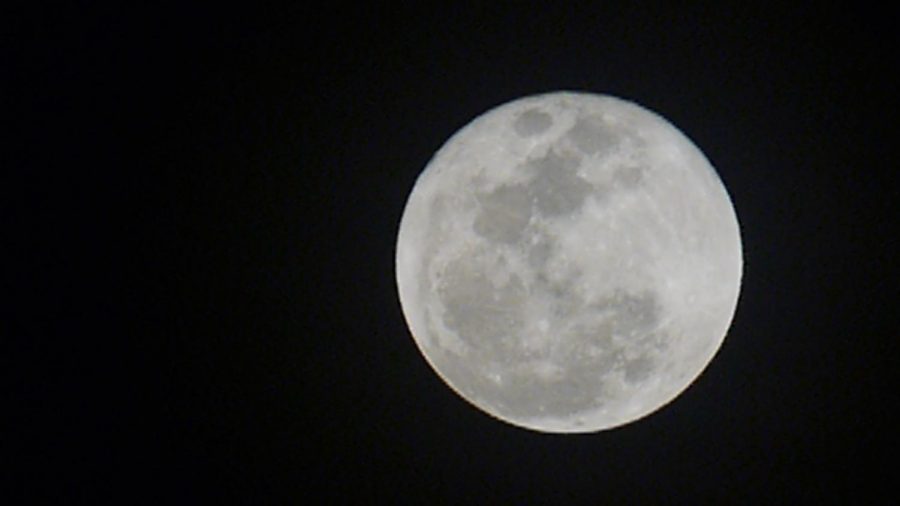Water on the Moon
The moon may become a pit-stop for future space exploration because of a single resource – water.
Nasa’s Stratospheric Observatory for Infrared Astronomy (SOFIA) has confirmed water on the sunlit side of the moon for the first time. This discovery is important because it proves that water can be distributed throughout the entirety of the moon, and not just on the cold, shadowed sides.
SOFIA picked up a specific wavelength unique to water molecules. Previous observations have shown signs of hydroxyl (HO), which is water’s close chemical relative. The water was discovered in a large crater that is visible from the earth’s surface.
Data from this location reveals water concentrations of 100 to 412 parts per million. As a comparison, the Sahara desert contains 100 times the amount of water than what SOFIA discovered in Lunar soil.
Scientists found a wide variety of cold traps, which are permanent shadows at both poles. One team found that 15,000 square miles of the lunar surface could potentially hold water.
Despite the small amounts, the discovery raises lots of questions for astronomers, such as how water is created and how it persists through the harsh conditions. This discovery also may support long term exploration of the moon through the Artemis Program by allowing astronauts to refill water supplies halfway through their journey.





